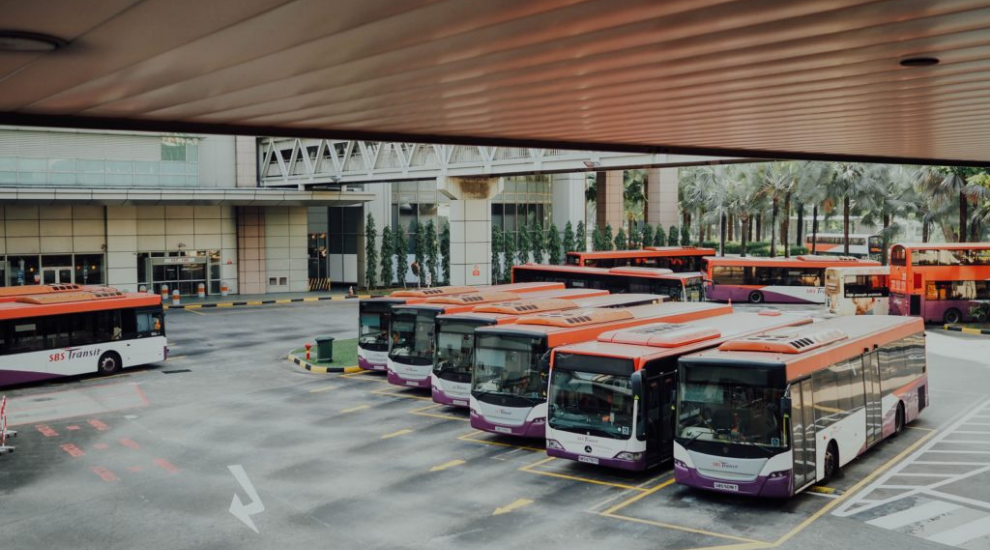In a recent article for Thinking Highways, ITEN members Helen Viner, Vijay Ramdas, Prof. Alan Stevens, Martin Lamb and Iain Knight discuss the urgency of reductions in carbon emissions from transport and the complexities involved in reducing transport energy demands.
The piece argues that, with the right infrastructure, significant reductions in carbon admission are plausible. With government forecasts of an 80% reduction in CO2 emissions by 2050, this requires the car and LGV fleet to be largely powered by electricity which will not be sufficient to achieve net carbon neutrality by this time. From a societal perspective, this is not the optimal solution.
It is in their view that we need to encourage people towards more energy-efficient modes of transport, especially those that occupy less road space.
“Most people would agree that individually driven cars are not the best option to convey large numbers of people in and around population centres.”
Anyone who has visited large cities, for example, Los Angeles, will have seen first-hand how little infrastructure and the extraordinary amounts of highways have helped deal with congestion. In short, it hasn’t. Traffic jams in LA are legendary and, in 2017, a report claimed that the region topped the list of the most congested cities. Transport is then a big factor of LA being the smoggiest city in America, a record held by them for 19 years at the American Lung Association.
It is not just America. Traffic is forecast to grow between 17% and 51% over the next few decades in the UK. This will be driven by an increase in the general population, as well as increased car ownership and reduced fuel costs. A result of which will see an increase in the proportion of traffic forecasted to be in congested conditions.
You can read the full article with the cited sources on the Thinking Highways website.


Recent Comments